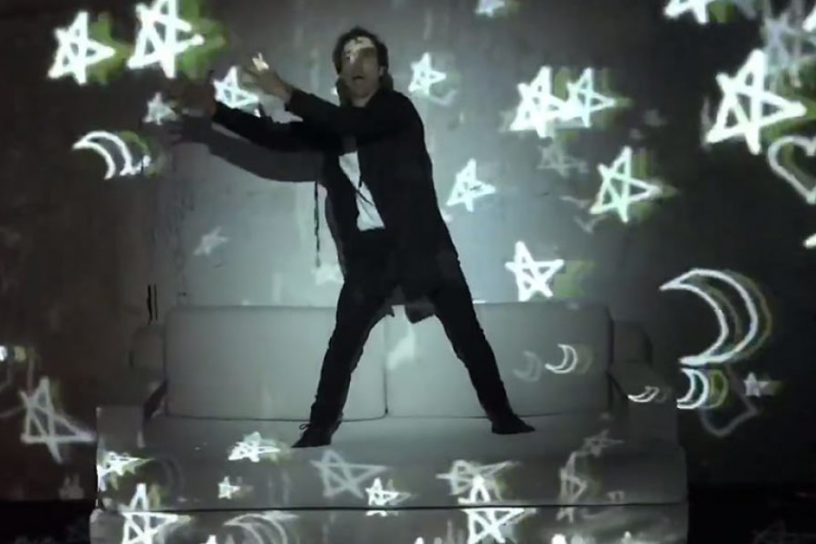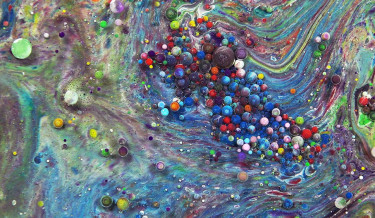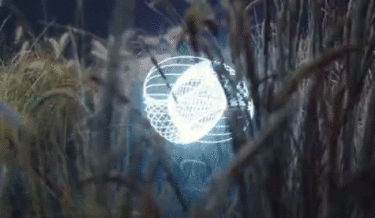I’ve seen quite a bit of projection mapping over the past few years, but I’ve never seen anything quite like these clips of Heartcorps’ “Riders of the Storyboard,” a live, immersive installation/performance that was presented last January as part of the Sundance Film Festival’s New Frontier line-up.
Here is the trailer for the 13-minute piece in which live performers interact with animated characters through the use of projection mapping:
And here is an extended excerpt from the show that illustrates how they’re blending live performance and theatrical staging with animation. A video clip is obviously a poor substitute for an immersive animation experience, but even from this clip, it’s possible to see that some amazing things are happening in the piece:




